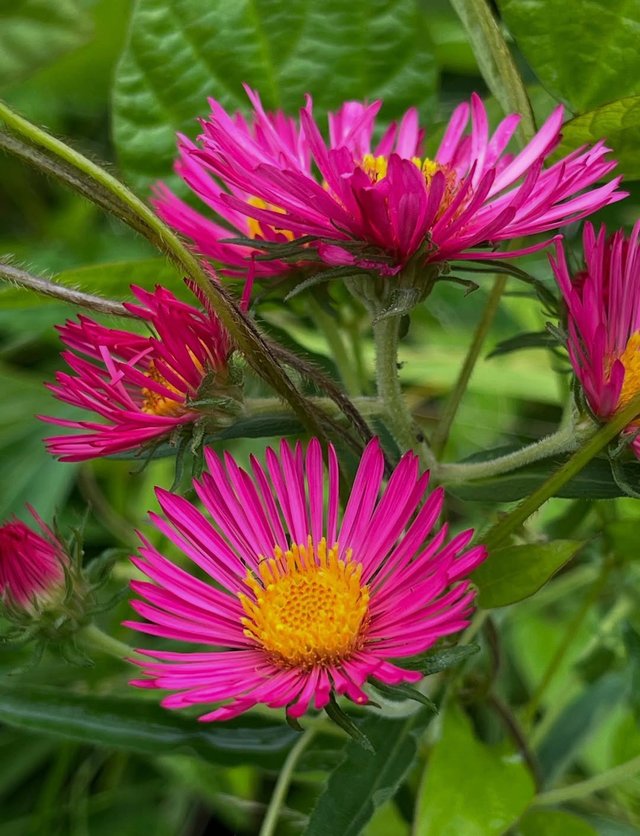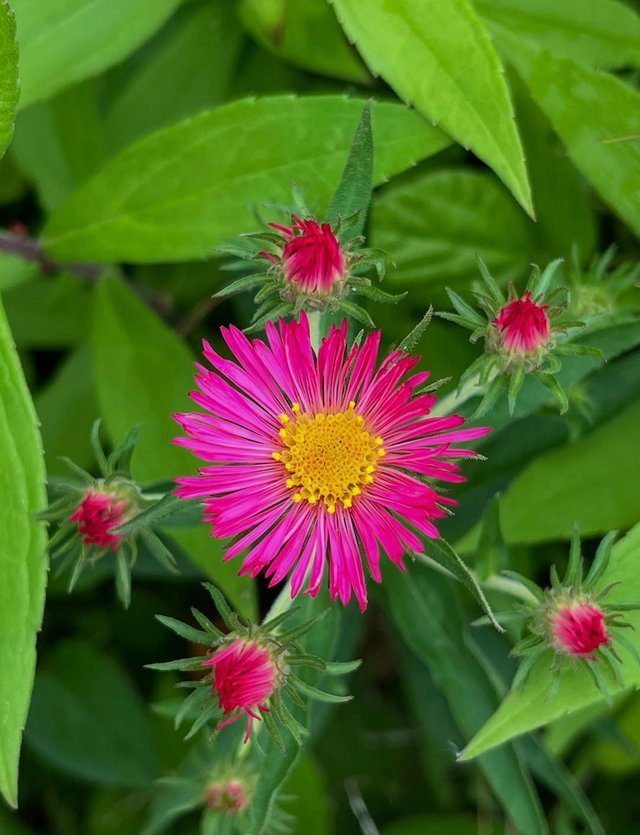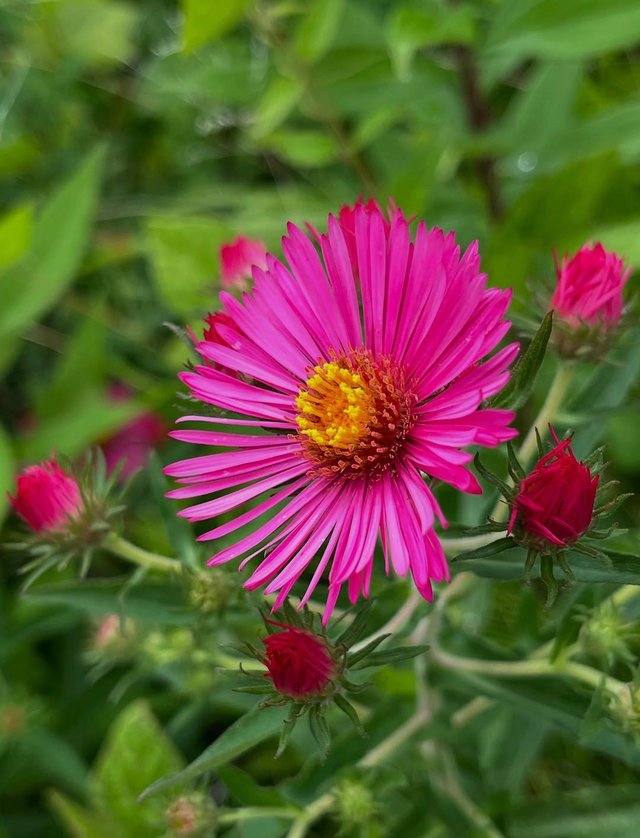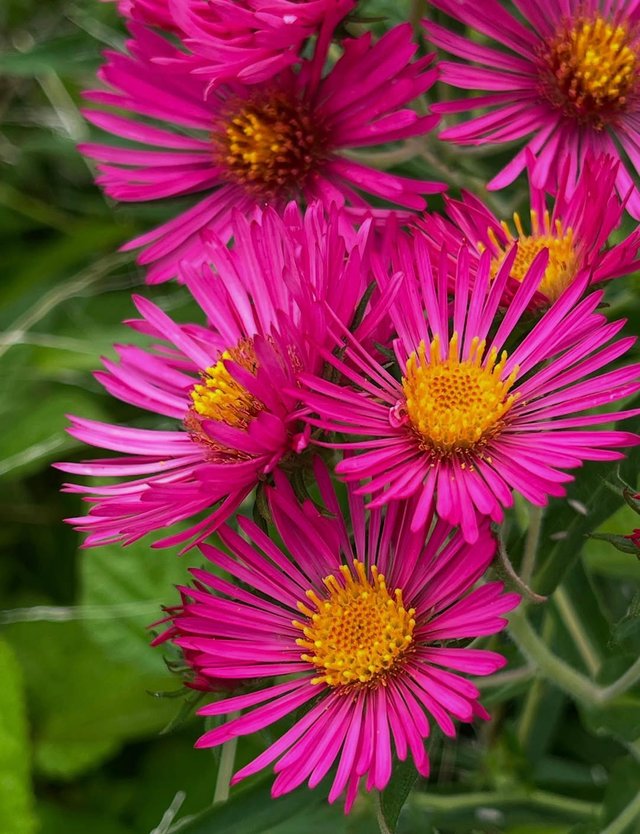Aster Flower: The Star of the Late Bloomers
The Aster flower, named after the Greek word for star,truly lives up to its celestial name. These daisy-like blooms light up late summer and fall gardens when most other flowers begin to fade, making them a gardener’s favorite for adding bursts of color when it's needed most. With over 600 species in the Asteraceae family, asters offer remarkable variety, resilience, and beauty.
Asters resemble daisies with their vibrant ray-like petals surrounding a dense yellow or golden disk. The compact, star-shaped flowers are produced in masses and can last for weeks, attracting bees, butterflies, and other pollinators.Asters are native to temperate regions of North America, Europe, and Asia. They thrive in meadows, woodlands, and mountainous terrains, preferring well-drained soil and full to partial sunlight.Wild asters are a common sight along roadsides and open fields.Many species are native to North America, making them ideal for wildlife-friendly and sustainable gardens.
The Aster flower is much more than just a beautiful bloom—it’s a symbol of endurance, elegance, and ecological harmony. With its ability to thrive in cooler temperatures and its attractiveness to pollinators, it's a must-have in any late-season garden. Whether you’re planting them for their historical symbolism, ecological value, or stunning good looks, asters truly shine as the stars of the floral world.



